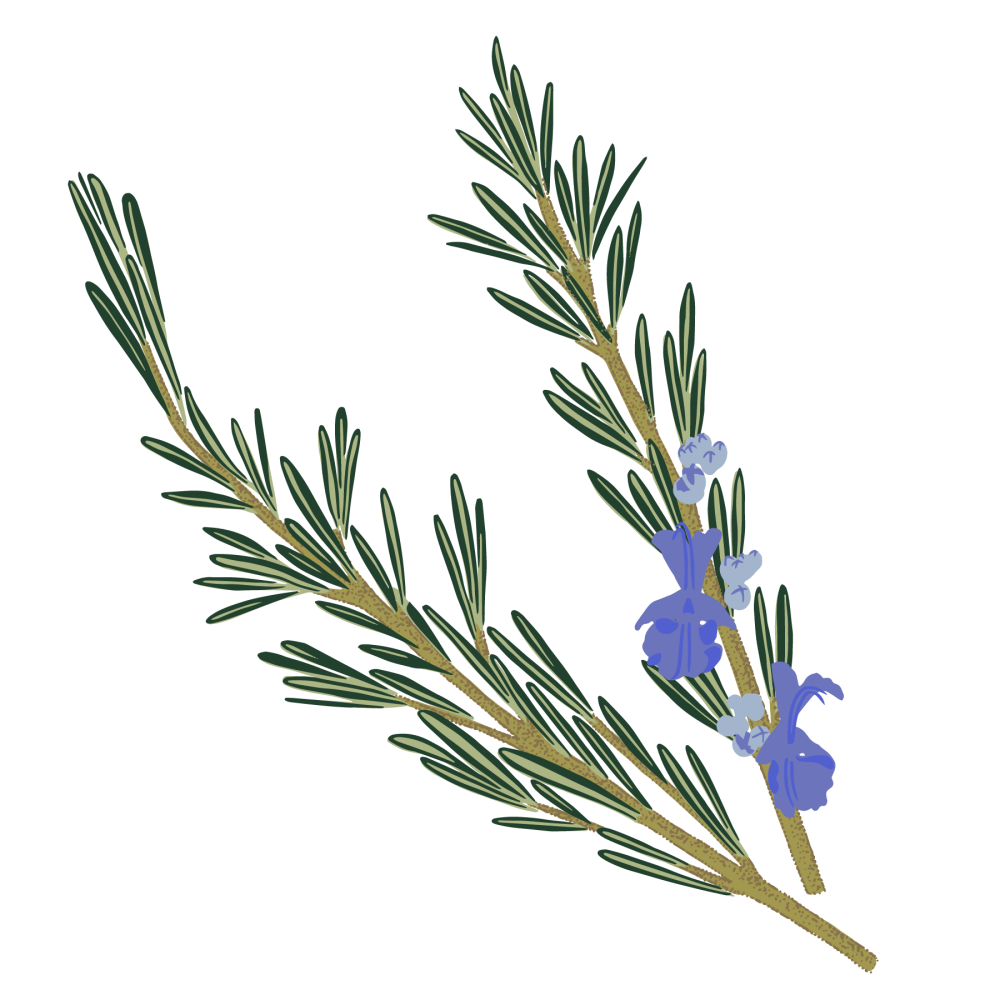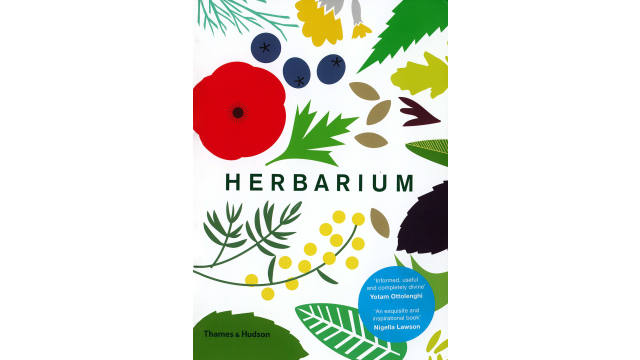Rosemary

Latin Name: Salvia rosmarinus (syn. Rosmarinus officinalis)
Uses: herb, flavoring
What is rosemary?
The bushy, aromatic mint-family relative has been a standard of kitchen gardens for millennia, and rightly so — it’s easy to grow and can flavor any number of dishes. If you keep a rosemary plant in your own garden, don’t be afraid to sprinkle the nectar-fragrant blossoms onto dishes too; if buying fresh sprigs at the market, look for flexible stems covered in shiny green leaves (or check the freshness date if buying dried).
Why is rosemary healthy?
Rosemary’s characteristic aroma comes from volatile oils, antioxidants, and other beneficial compounds. Whether it is eaten, made into tea, or used to make essential oils, it can improve mental clarity, mood, and focus as well as aiding digestion. Rosemary can even be used as an insect repellant!
What does rosemary taste like?
Rosemary has a resinous, piney flavor owing to the myriad aromatic compounds it contains — the same compounds found in bay, camphor, lemon, and eucalyptus, plus a green-woody fragrance. The tips of fresh rosemary sprigs are somewhat tender, while dried rosemary (which maintains its fragrance/flavor) resembles fir needles in texture.
How do I use rosemary?
Rosemary’s bracing fragrance is effective at balancing the sweetness of figs, grapes, and dates; it stands up to the pungent funk of chèvre or cabbage. Being an evergreen, rosemary is also evocative of winter holidays — add it to mushroom gravy, yeasty dinner rolls, and sweet potato dishes; pop a sprig into cranberry- and ginger-forward drinks.
What does rosemary pair well with?
Rosemary’s traditional partners are grilled and roasted foods — it pairs beautifully with grilled eggplant, lemons, and bread; it loves roasted beets, carrots, and potatoes. It’s a key ingredient in a bouquet garni and transforms a humble pot of white beans into a dish fit for royalty. Process fresh rosemary with sugar in a blender to sprinkle on halved grapefruit before broiling or add it to caramels.
Where does rosemary grow?
Rosemary is native to the eastern Mediterranean and was used by the ancient Egyptians. It can handle a range of growing conditions, from part shade and loamy soil to blazing sun and rocky soil. Between creeping specimens suitable for pots, to upright shrubs for topiary pruning, there’s a right rosemary for every garden.
How to buy rosemary:
Look for bouncy, fragrant branches that are not turning brown or grey. If you live somewhere with mild winters, rosemary makes a beautiful perennial so it’s easy to grow your own and have a fresh supply all year long.
Fun rosemary fact:
In the famous words of Shakespeare’s poor, doomed Ophelia, “…rosemary, that’s for remembrance.” The herb has been used since ancient times to improve memory, and scientific evidence shows that this might be more than folk medicine — in one recent study, dried rosemary powder improved cognitive function (memory speed, specifically) in the elderly.




